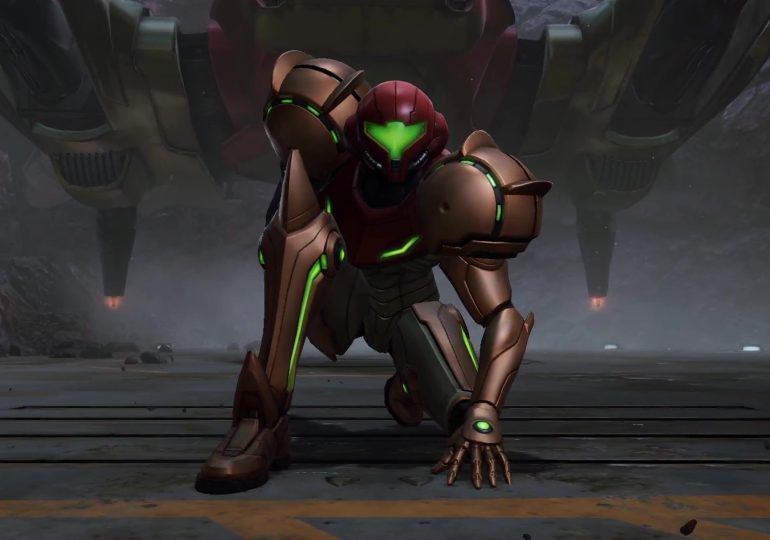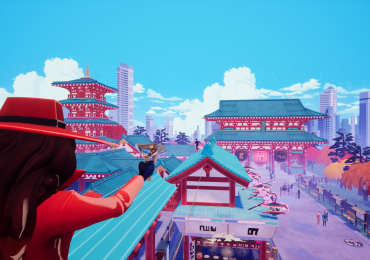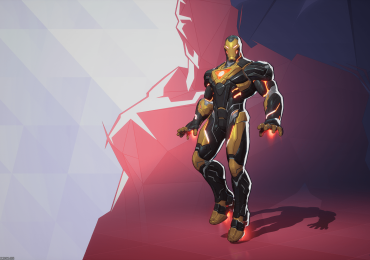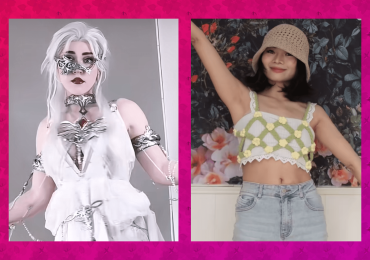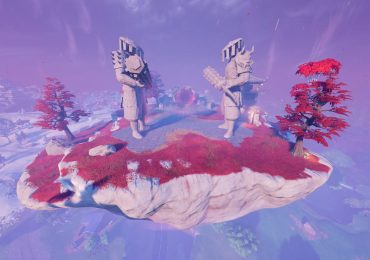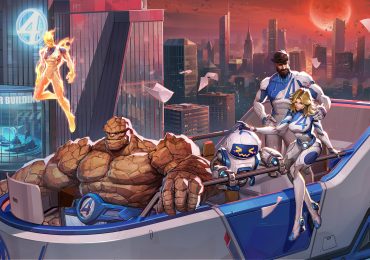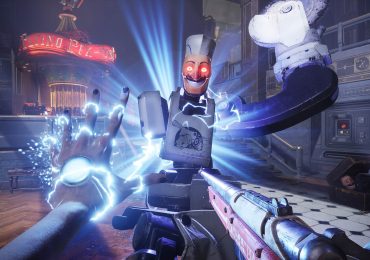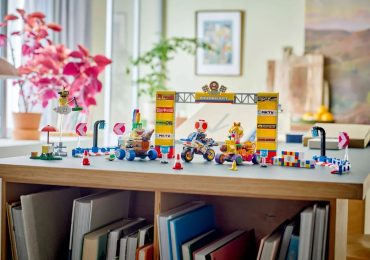Nintendo Switch 2, which may not even be called that, will be released in 2025. We think. It will launch with some games, but we don’t know which ones. We’ve got a relatively complete, if hazy, picture of what the console will be — a new, more powerful Switch, basically — but we don’t know what, if anything, will distinguish it from its predecessor other than that.
There’s no doubt that the Switch 2’s launch will be one of two seismic events in gaming in 2025, alongside Grand Theft Auto 6 (assuming Rockstar’s game makes its fall 2025 release window). But for a console that could reportedly launch as soon as March or April, it’s remarkable how much about the Switch 2 remains uncertain: the details, certainly, but also the bigger picture. What’s at stake for Nintendo? What could go wrong? And how will the rest of the industry react?
Let’s start by recapping what we know so far, and what we don’t, before asking some of those existential questions.
Here’s what we definitely know about Switch 2
This is everything Nintendo has said on the record about its next console:
- It exists
- It will be backward-compatible with Nintendo Switch games
- It will offer the Nintendo Switch Online service
- It will use Nintendo Accounts
- Nintendo will officially announce the console within its current fiscal year, so before the end of March 2025
- That’s it!
Here’s what we think we know about Switch 2
Through well-sourced reporting and leaks, a fairly clear picture has built up of the new machine in advance of its unveiling:
- It’s called Nintendo Switch 2.
- It will be released in 2025. Nintendo had planned to release it before the end of March, but there are indications this deadline has slipped, with Nintendo keen to avoid stock shortages and to have launch software ready.
- It will be a handheld hybrid console with detachable controllers and a dock for connecting it to a TV, just like the original Switch. (This is strongly supported by the backward-compatibility announcement.)
- It will be compatible with some Switch accessories, including original Joy-Con controllers (even if it won’t be able to connect to them physically or charge them).
- The Switch 2’s Joy-Cons will attach magnetically, rather than using the Switch’s slide clip system, and feature Hall-effect sticks and some extra buttons.
- It has a cartridge slot like the Switch’s, and will support physical releases.
- It’s larger, with an 8-inch 1080p LCD screen.
- In terms of power, it will be close to the Xbox One/PlayStation 4 home console generation. But with custom Nvidia hardware that allows for machine-learning-powered upscaling and even ray tracing, it could get surprisingly close to the Xbox Series X and PlayStation 5 experience.
- The base onboard storage will be 256 GB, expandable via microSD card. It has two USB-C ports.
Here are some pretty solid guesses about Switch 2 games
Notably, there have been no leaks or well-sourced reports about the Switch 2’s software lineup. But knowing what we do about internal development at Nintendo, we can make a few informed guesses.
- Metroid Prime 4: Beyond, confirmed as a Switch game, might actually be a cross-generational launch title for the Switch 2, in the manner of The Legend of Zelda: Breath of the Wild (Wii U and Switch) and The Legend of Zelda: Twilight Princess (GameCube and Wii).
- Some first-party Nintendo games that are not necessarily launch titles, but probably arriving early in the life of the machine: a new Mario Kart, a new 3D Mario title, a new Animal Crossing game, and long-rumored Zelda remasters The Wind Waker and Twilight Princess. We can make these guesses because of the conspicuously long gaps to the last releases in some of these franchises; it’s been a decade since there was an all-new Mario Kart, seven years since Super Mario Odyssey, and four years since the 46-million-selling Animal Crossing: New Horizons.
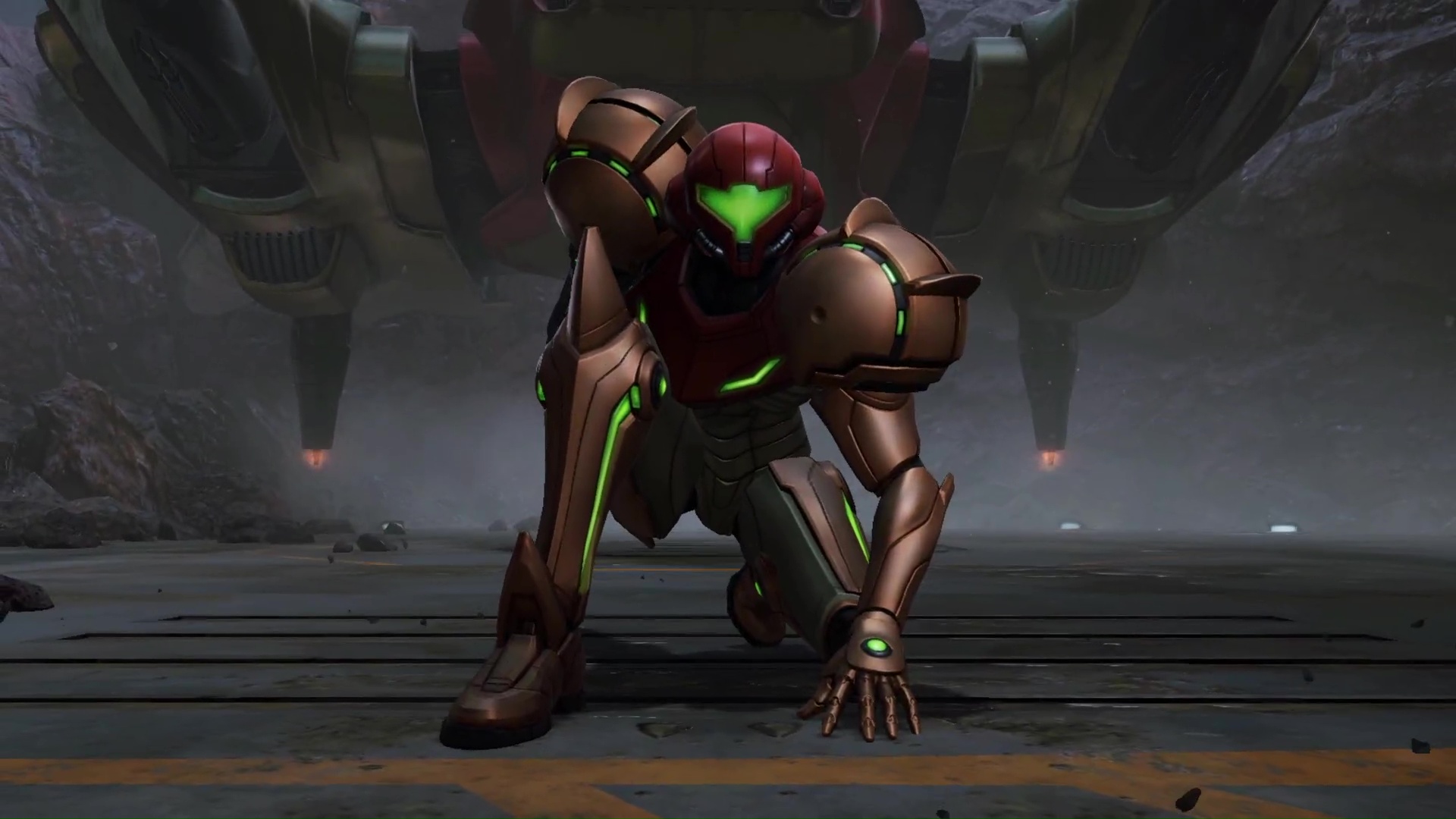
Here’s what we definitely don’t know about Switch 2
- How much it will cost
- The exact release date
- Any confirmed games (beyond a couple of minor third-party releases)
- What, if any, gimmicks it will have to differentiate it from the Switch
Seriously though. How much will it cost?
This is the big one. Nintendo is in a good position; the Switch has built up a massive install base for the company, plus Nintendo has all its beloved properties and decades of trust in its brand to lean on. But, like all tech companies right now, it’s under intense pressure on pricing, and the wrong move could spell disaster.
The Switch launched at $299 in 2017, and its official sticker price hasn’t dropped a single cent since. This is in line with the changing trends in pricing — due to chip shortages, inflation, and the slowing pace of advances in tech, this generation of consoles has not come down in price as much as previous generations did. (It’s also true that demand for Switch has remained so consistent that Nintendo hasn’t needed to drop prices, and it has the Switch Lite to market at a lower price point.)
In this environment, Nintendo will have to figure out how to package more advanced tech while keeping the price reasonable. The Switch 2 is unlikely to be priced any lower than $349, the current cost of an OLED Switch model. $399 seems like a safe bet — the same price as the base Steam Deck. Any more than this and Nintendo will face uncomfortable comparisons to the new wave of PC handhelds (a Steam Deck OLED is $549; an Asus ROG Ally is $499) and risk pricing itself out of its traditional family market.
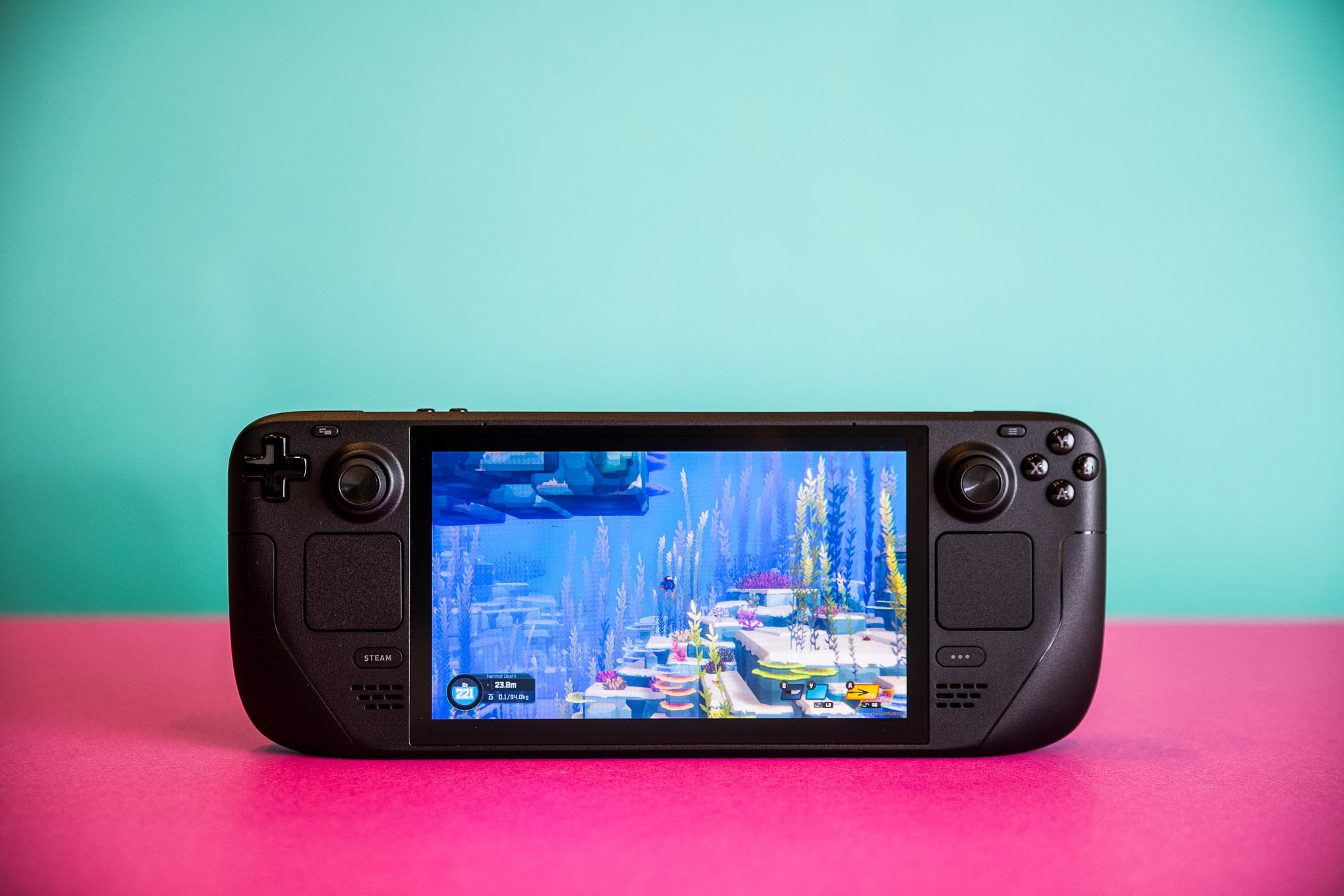
What’s at stake for Nintendo?
Almost everything. As I said, Nintendo is sitting pretty right now, but the games market is changing rapidly. The cost of producing games is soaring without market growth to pay for it, margins are being eaten into everywhere, and traditional console hardware platforms are losing influence. Nintendo’s business model — selling hardware and exclusive games to play on it — is emblematic of the old ways, but even Sony publishes on PC now. If Switch 2 goes wrong, Nintendo will probably have to face the ultimate indignity of becoming a third-party publisher.
At the same time, Nintendo is better protected against the winds of change than anyone else. It has vast cash reserves, incredibly valuable IP, growing multimedia clout, and a resourceful approach to technology that helps keep both hardware and software costs down. Perhaps it could weather another generation on its uppers.
Nintendo has also usually taken an innovative approach to its hardware platforms that has worked out more often (Wii, DS, Switch) than not (Wii U). But this is not necessarily the time for innovation.
The Switch was an attempt by Nintendo to lock down its dominant position in handheld gaming while keeping one foot in the home, and it was an amazing success. Since then, Valve, with Steam Deck, has come at the same problem from the other direction — what if you could take your home game library on the go with you? — and proven that it’s possible and that there’s a high demand for it. Now Microsoft and Sony are both reportedly planning handheld consoles.
The dedicated handheld space is about to become more aggressively competitive than it has ever been, and Nintendo needs to use the Switch 2 to dig in and defend its position. That’s why it has already announced backward compatibility, so the owners of the 140 million Switches Nintendo has sold can rest easy that their libraries will persist. For perhaps the first time in the company’s lifespan, continuity is everything, and it can’t afford to wander off on a tangent.
That’s why the Switch 2 sounds as though it will be Nintendo’s most conservative design since the GameCube. It simply has to succeed.
